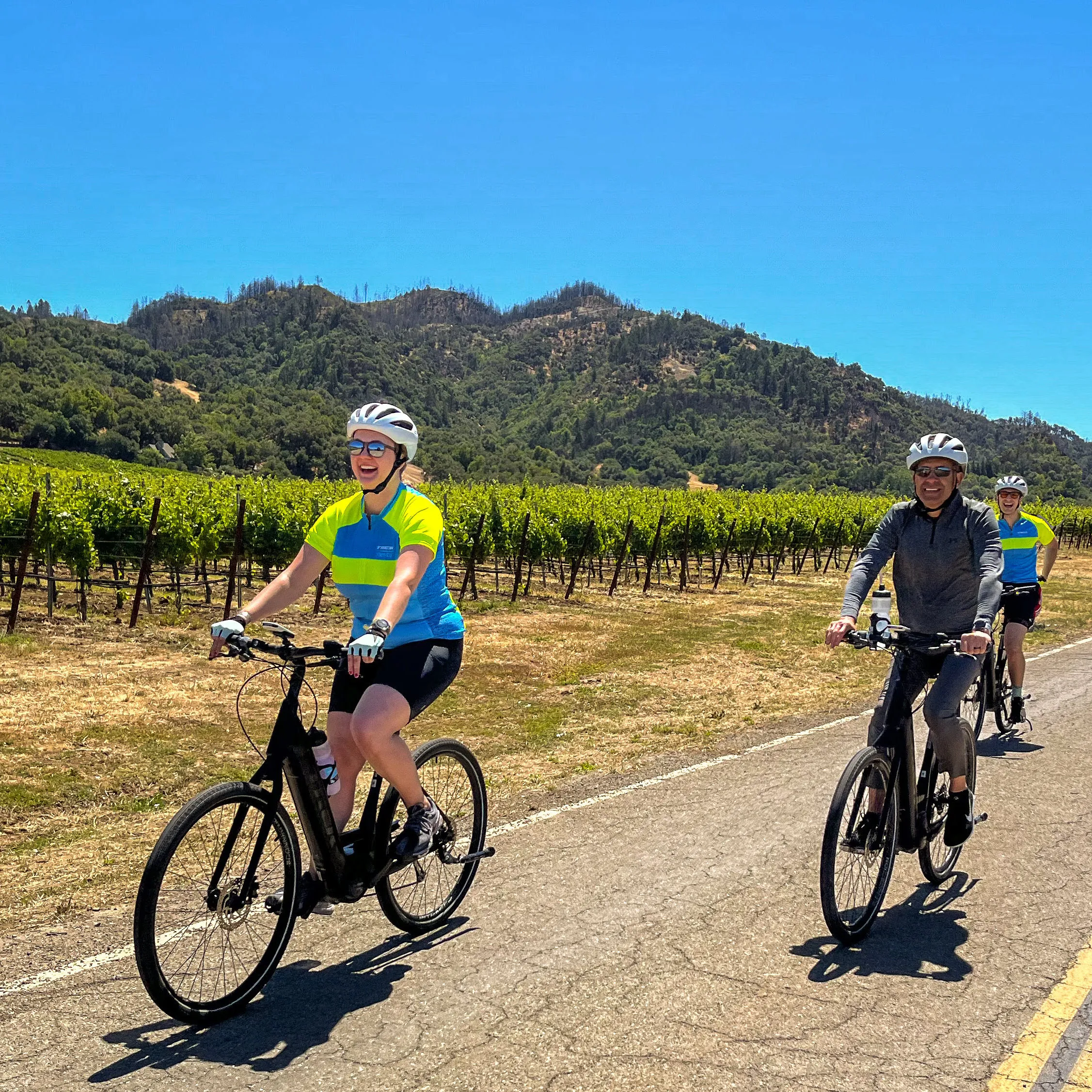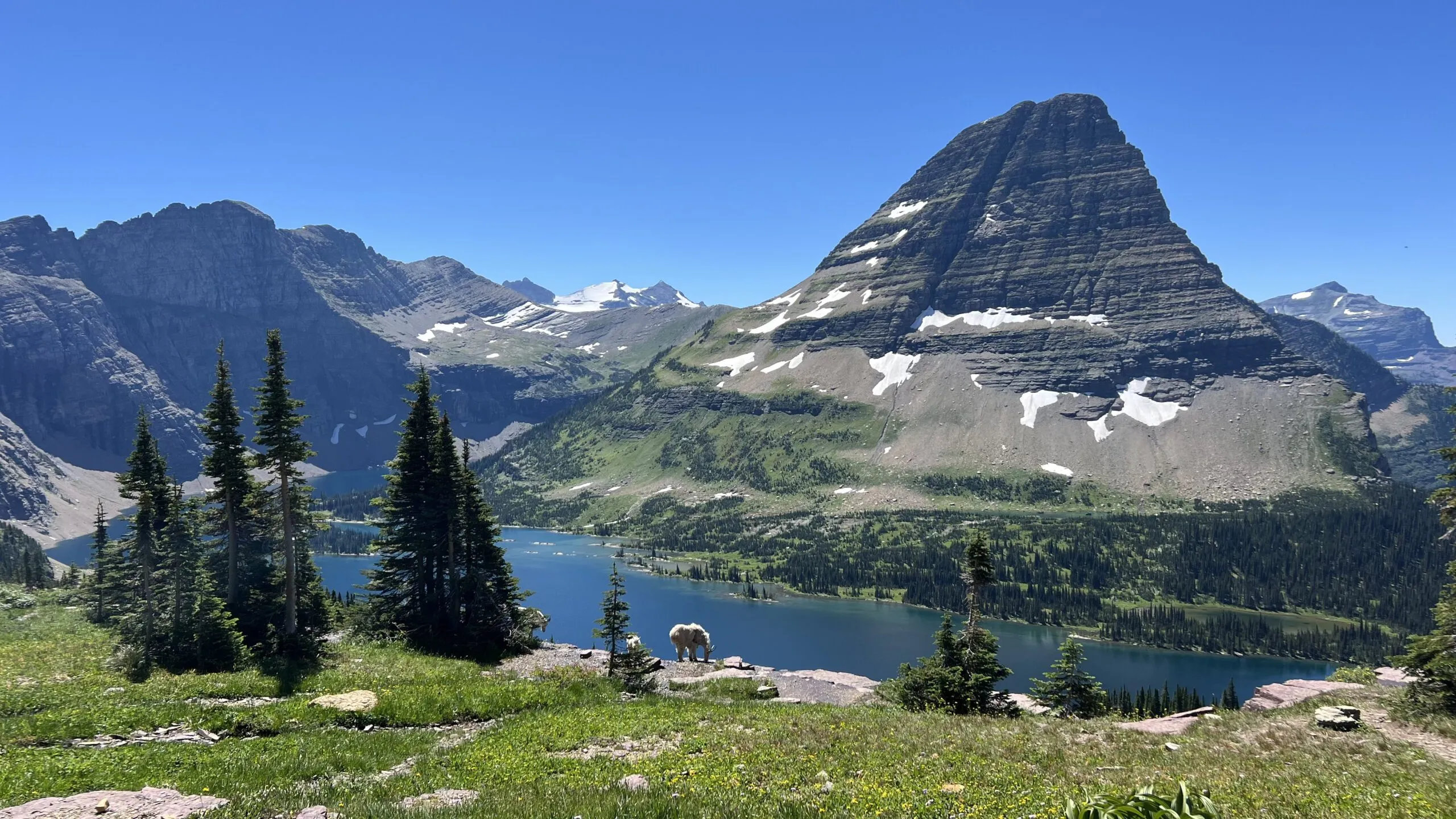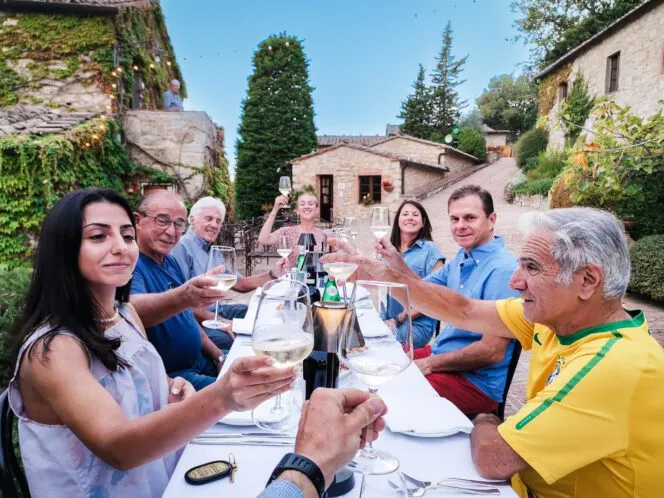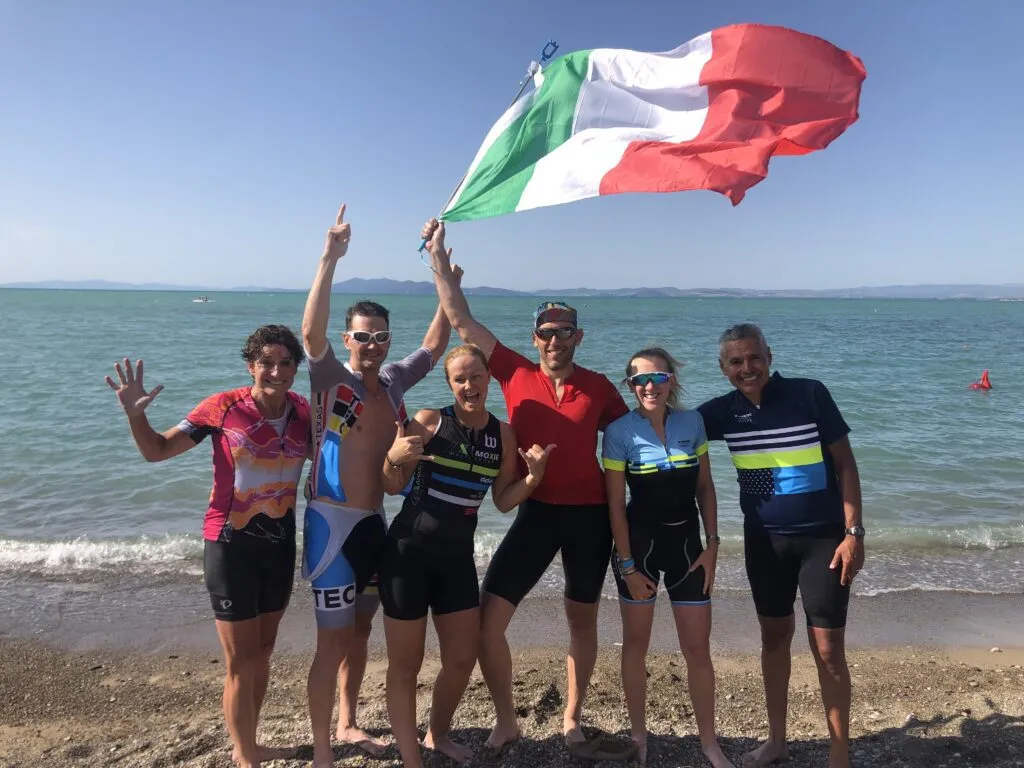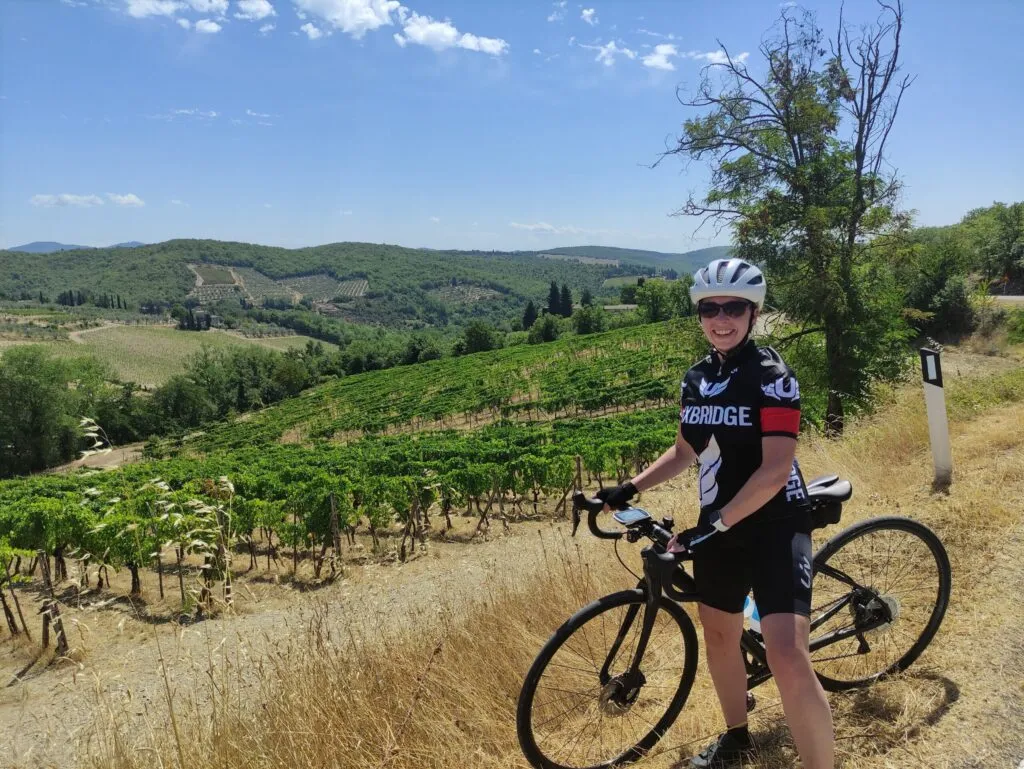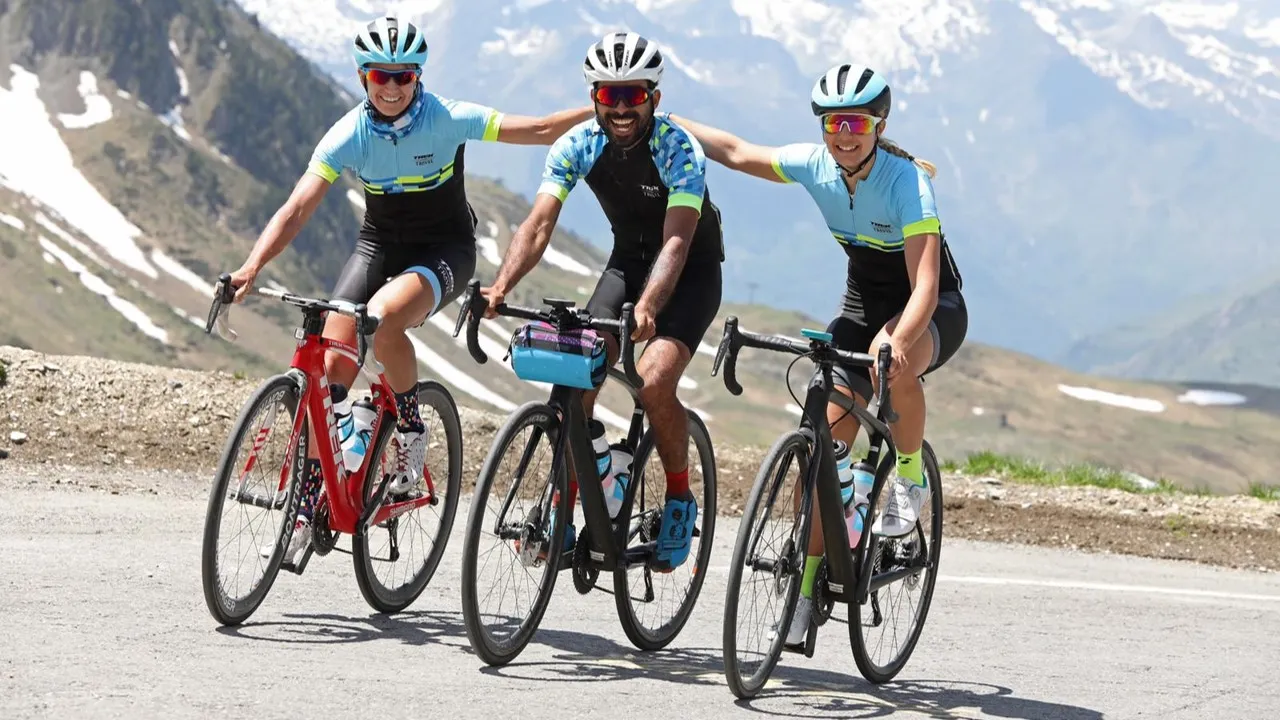Tailwind on every ride? – See e-bike trips
European Classic booking fast – see the trips
Select Date Range
Select Date Range
2026 Travel Dates are Live
Book now for the best prices and availability
Featured Trips
Discover our featured trips and find the perfect vacation to satisfy your wanderlust
Adventures for the REI Community
Check out our active vacations for itineraries designed with every traveler in mind.
Trips for Every Traveler
Whether you are looking for a leisurely vacation through the olive groves in Puglia, an unpaved adventure, or want to test your legs on the climbs of the Tour – we have a trip style for every traveler.
20+ Years of Hospitality
When you choose us, you’re traveling with a team that holds your memories in the highest regard and are committed to consistently exceeding your expectations.
Why We're Different
Our Mission
To enrich lives through active travel, deliver experiences of a lifetime, and provide unparalleled hospitality.
What Our Guests are Saying
Active vacations are what we do; the life-changing stories are why we do it.
We got engaged on our Trek Travel trip. Our guides made it the most special day of our lives. The group we were with instantly became family. Trek Travel will be in our hearts forever, anniversary trip every year?
Sara & Francis 
Everywhere we went, we were treated like family thanks to the deep connections the guides had made with the locals, which is an experience you simply wouldn't get by traveling through the area on your own.
Michael R. 
This was my first Trek trip, but let me tell you there will be many more to follow! What an amazing way to vacation. Great people, biking, food and places!
Cody H. 
We couldn't have loved it more! The expert guides and spectacular bikes made this a trip of a lifetime! We were referred by friends, and it surpassed our expectations. Thank you, Trek Travel!
Linda S. 
This trip exceeded my expectations. My first ever European cycling journey has left me grinning from ear to ear. Truly a spectacular experience.
Dori L. 
This was my first Trek Travel trip and it is hard to imagine how it could have been any better. Without question the tour guides made the trip as perfect as it was.
Gary F. 
As long as you continue visiting destinations we're interested in exploring, you have a customer for life. No other tour operator we have been with, does it better.
Lynn M. 
I may never travel another way again! I went into the trip with high hopes, and this trip still managed to exceed expectations. The guides were amazing, the routes were beautiful, the bike was so comfortable, and every detail in between wonderful.
Ash P. 
We got engaged on our Trek Travel trip. Our guides made it the most special day of our lives. The group we were with instantly became family. Trek Travel will be in our hearts forever, anniversary trip every year?
Sara & Francis 
Everywhere we went, we were treated like family thanks to the deep connections the guides had made with the locals, which is an experience you simply wouldn't get by traveling through the area on your own.
Michael R. 
This was my first Trek trip, but let me tell you there will be many more to follow! What an amazing way to vacation. Great people, biking, food and places!
Cody H. 
We couldn't have loved it more! The expert guides and spectacular bikes made this a trip of a lifetime! We were referred by friends, and it surpassed our expectations. Thank you, Trek Travel!
Linda S. 
This trip exceeded my expectations. My first ever European cycling journey has left me grinning from ear to ear. Truly a spectacular experience.
Dori L. 
This was my first Trek Travel trip and it is hard to imagine how it could have been any better. Without question the tour guides made the trip as perfect as it was.
Gary F. 

